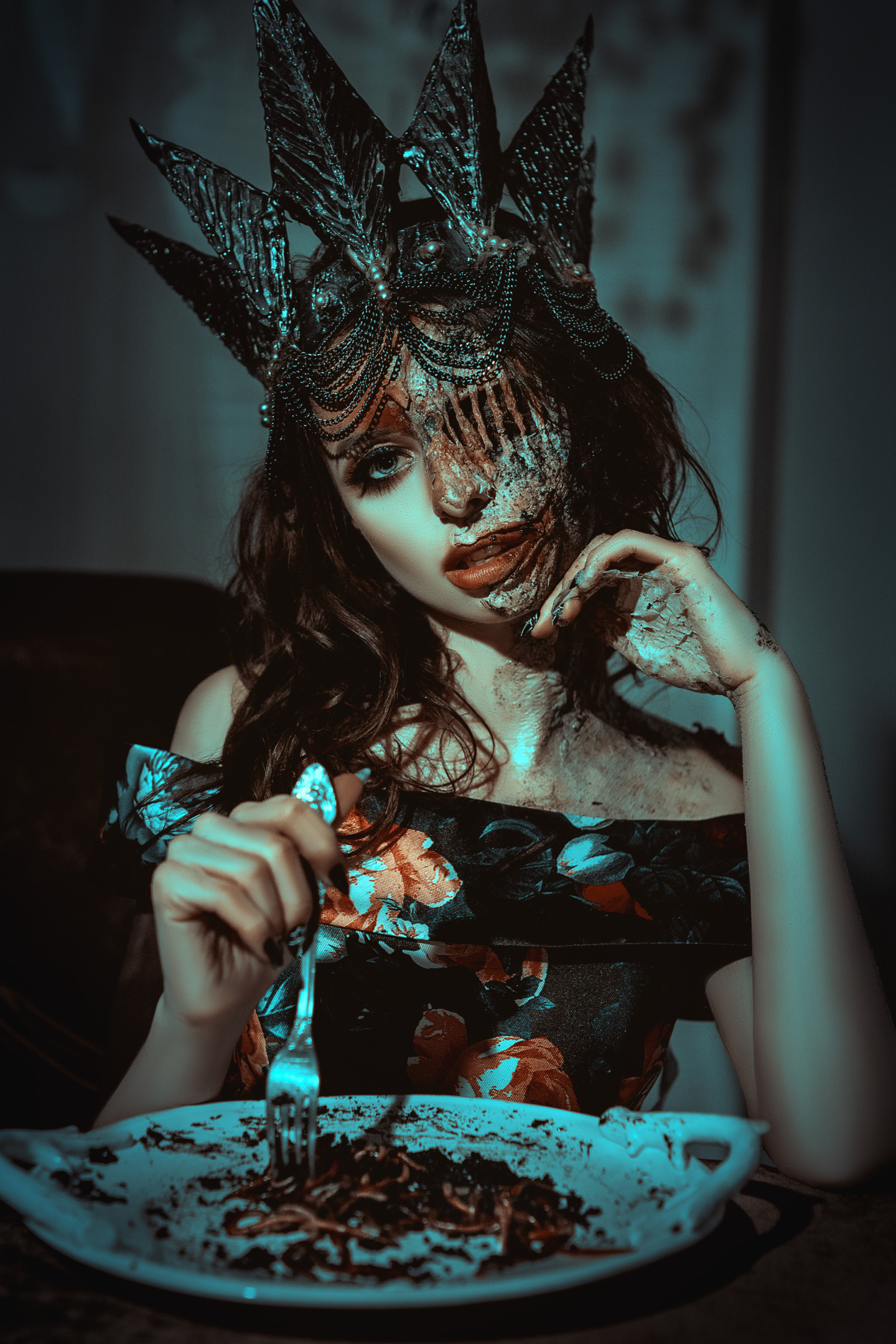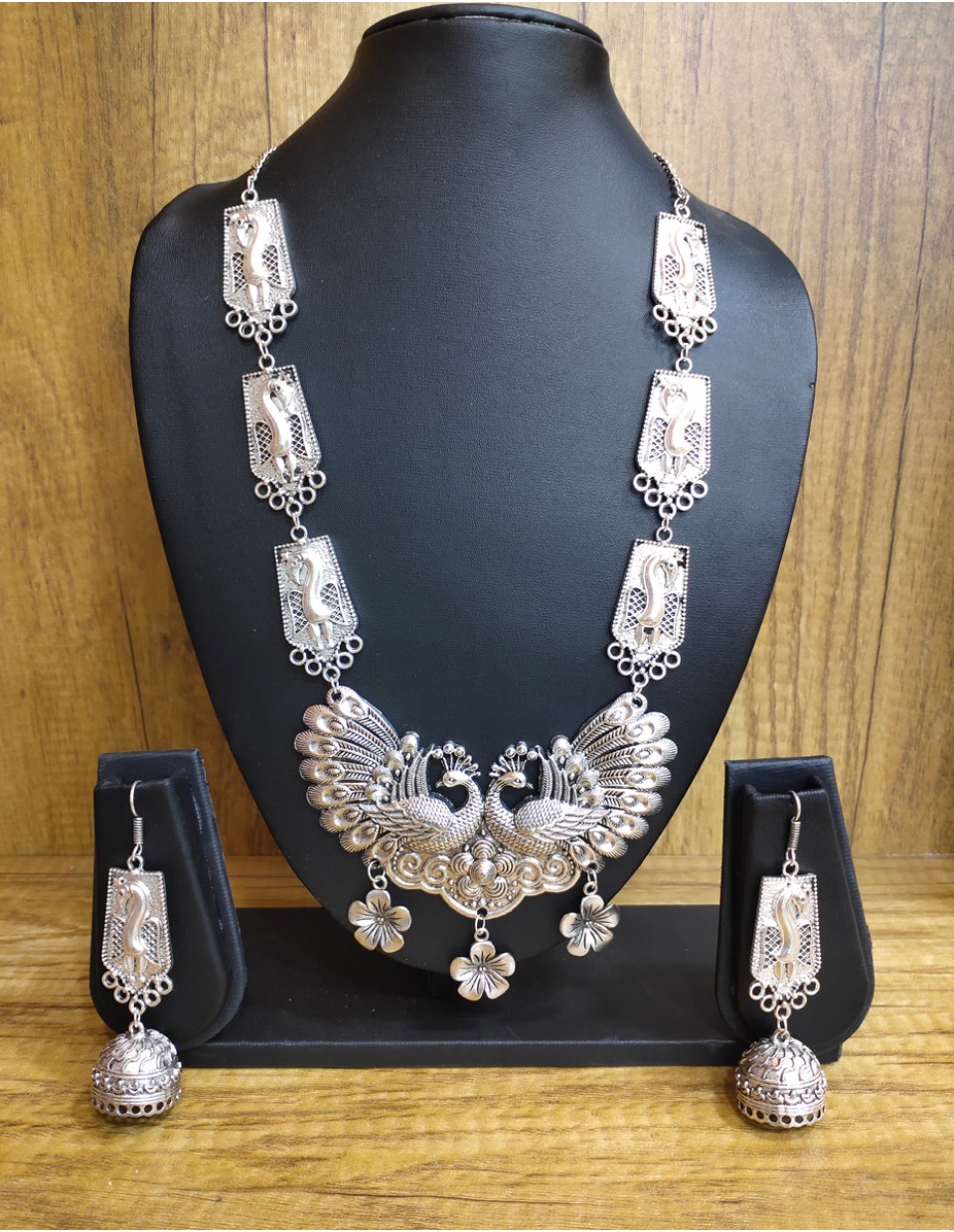
Mastering Prosthetic Makeup: Techniques & Tips
The Art of Prosthetic Makeup
Prosthetic makeup has revolutionized the world of film, theater, and special effects. It’s an art form that goes beyond ordinary makeup, allowing artists to transform actors into fantastical creatures, age characters, or create gruesome injuries. Mastering prosthetic makeup requires skill, creativity, and attention to detail. In this article, we’ll explore the techniques and tips that can help you become proficient in this captivating craft.
Understanding the Basics
Before delving into advanced techniques, it’s essential to grasp the fundamentals of prosthetic makeup. This includes familiarizing yourself with the various materials used, such as silicone, gelatin, and foam latex, as well as understanding the anatomy of the human face. Knowing how different facial features interact and understanding the principles of sculpting are crucial for creating realistic prosthetic applications.
Sculpting and Molding
One of the key skills in prosthetic makeup is sculpting. Sculpting allows artists to create custom prosthetic pieces that fit the actor’s face perfectly. Whether it’s aging wrinkles, alien features, or gruesome wounds, sculpting is where the magic begins. Once the sculpture is complete, it’s molded to create a negative mold, which is then used to cast the final prosthetic piece.
Application Techniques
Applying prosthetics requires precision and patience. It’s not simply a matter of sticking on a piece and hoping for the best. Artists must carefully blend the edges of the prosthetic into the actor’s skin, ensuring a seamless transition between the two. This often involves the use of specialized adhesives, makeup paints, and cosmetic powders to achieve a natural-looking finish.
Painting and Coloring
Painting and coloring are where prosthetic makeup truly comes to life. Using a combination of airbrushing, hand-painting, and shading techniques, artists can add depth, texture, and realism to their creations. Whether it’s adding subtle freckles, creating lifelike skin tones, or adding intricate details, painting is where the character begins to take shape.
Texture and Detailing
Detailing is what sets exceptional prosthetic makeup apart from the rest. It’s the tiny imperfections, the subtle textures, and the meticulous attention to detail that breathe life into a character. Whether it’s adding veins, scars, or individual facial hairs, paying attention to these finer points can elevate a prosthetic application from good to extraordinary.
Character Development
Creating a character through prosthetic makeup goes beyond the physical transformation. It requires an understanding of the character’s backstory, personality, and motivations. A skilled prosthetic artist will work closely with the actor and director to ensure that the makeup enhances the character’s narrative arc and emotional journey.
Collaboration and Communication
Prosthetic makeup is rarely a solo endeavor. It requires collaboration and communication with other members of the creative team, including directors, costume designers, and cinematographers. Clear communication and a willingness to collaborate are essential for ensuring that the prosthetic makeup aligns seamlessly with the overall vision of the project.
Practice Makes Perfect
As with any art form, mastering prosthetic makeup takes time and practice. It’s essential to experiment with different techniques, materials, and styles to find what works best for you. Don’t be afraid to make mistakes – they’re an essential part of the learning process. With dedication, perseverance, and a passion for the craft, you can master the art of prosthetic makeup and bring your wildest imaginings to life on the screen or stage. Read more about prosthetics makeup



